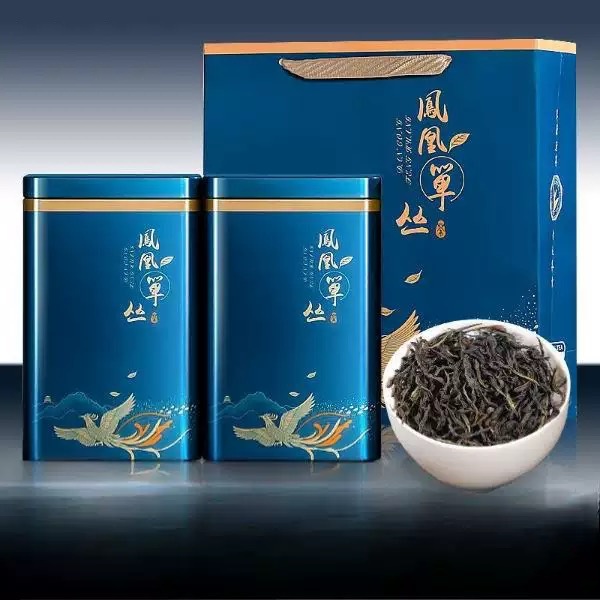
html
Keyword: Origin and History of Oolong Tea
The Origin and Evolution of Oolong Tea
Introduction
Oolong tea, a traditional Chinese tea, holds a unique place in the world of tea culture. Its semi-oxidized nature gives it a flavor profile that sits between green and black teas, offering a complex taste that has captivated tea enthusiasts for centuries. But where did this remarkable tea originate, and how has it evolved over time?
The Origins of Oolong Tea
The exact origins of oolong tea are shrouded in legend and historical debate. Most scholars agree that oolong tea emerged during the Ming Dynasty (1368-1644) in China’s Fujian province. The name “oolong” translates to “black dragon” in Chinese, possibly referring to the dark, twisted appearance of the tea leaves or to mythical stories surrounding its discovery.
One popular legend tells of a tea farmer named Wu Liang who was distracted by a deer while processing his tea leaves. By the time he returned to them, the leaves had partially oxidized, creating a new type of tea that became known as “Wu Liang” tea, later evolving into “oolong.”
The Wuyi Mountains: Birthplace of Oolong
The Wuyi Mountains in northern Fujian are widely considered the birthplace of oolong tea. This region’s unique terroir – with its mineral-rich soil, high elevation, and misty climate – created ideal conditions for developing the complex flavors characteristic of early oolong teas.
The famous “rock teas” (yancha) from this region, including Da Hong Pao and Shui Xian, were among the first oolong varieties and remain highly prized today. These teas developed distinctive mineral notes from the volcanic rocks of the Wuyi Mountains.
The Spread of Oolong Tea
During the 18th and 19th centuries, oolong tea production spread beyond Fujian to other regions of China, most notably Guangdong province, where the famous Phoenix Mountain dan cong oolongs developed. Each region adapted the processing techniques to suit local conditions, resulting in distinct styles of oolong tea.
The Qing Dynasty (1644-1912) saw oolong tea gain popularity among China’s elite and eventually reach international markets. By the 19th century, oolong tea had become an important export commodity, particularly to Europe and North America.
Oolong Tea in Taiwan
In the mid-19th century, tea plants from Fujian were brought to Taiwan, where they thrived in the island’s mountainous regions. Taiwanese tea makers developed their own unique styles of oolong, including the famous high-mountain oolongs from Alishan and Lishan, as well as the heavily oxidized Dong Ding oolong.
Taiwan’s tea culture has since become renowned for its innovation in oolong processing, producing some of the most delicate and aromatic oolong teas in the world today.
Modern Oolong Tea Production
Today, oolong tea is produced in many regions beyond its Chinese origins, including Thailand, Vietnam, and even India. However, the traditional production centers in China’s Fujian and Guangdong provinces and Taiwan continue to set the standard for quality oolong tea.
Modern oolong production still follows many traditional methods, particularly the crucial oxidation process that gives oolong its distinctive character. The degree of oxidation can vary widely, from about 8% to 85%, creating an incredible diversity of flavors within the oolong category.
Conclusion
From its mysterious origins in the Wuyi Mountains to its global popularity today, oolong tea has undergone a remarkable evolution
